Becoming a new mom is one of the most rewarding experiences—but it can also be overwhelming, especially when trying to regain your strength and energy after childbirth. With sleepless nights, constant feedings, and a packed schedule, hitting the gym or following strict diets often feels impossible. The good news? You don’t need fancy equipment or hours of free time to start feeling stronger and healthier.
This guide offers 21 practical, coach-style tips designed specifically for new moms. Each suggestion is equipment-light, safe, and easy to integrate into your daily routine—no matter how chaotic it gets. We’ll cover proper form, modifications, and small shifts that lead to big results over time.
After pregnancy, your core needs retraining. Begin with diaphragmatic breathing: lie on your back, place one hand on your belly, and inhale deeply through your nose, letting your abdomen rise. Exhale slowly through your mouth. This activates your deep core muscles and supports posture.
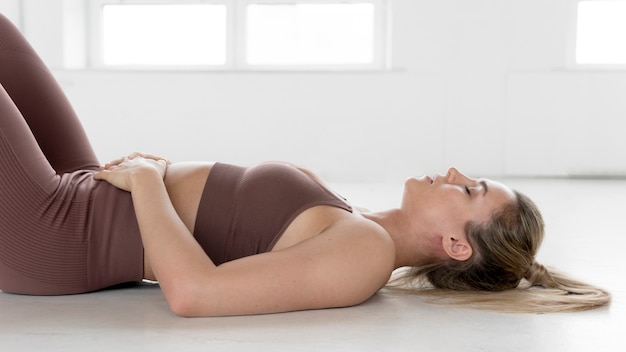
Lie on your back with knees bent. Gently tilt your pelvis upward, flattening your lower back against the floor. Hold for 3 seconds, then release. Do 10–15 reps. This strengthens your transverse abdominis and reduces lower back strain.
Walking is one of the safest and most effective postpartum exercises. Start with 10-minute walks around the block with the stroller. Gradually increase to 30 minutes most days. Focus on posture: shoulders back, core engaged.
Hold your baby (in a carrier or securely in arms) during squats or lunges. Start with 2 sets of 10. Keep your chest up and knees behind toes. This builds leg strength and burns calories.
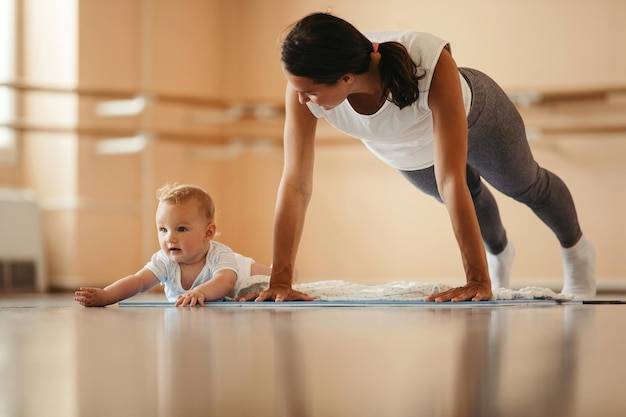
Stand arm’s length from a wall. Place hands on the wall at shoulder height. Bend elbows to bring chest toward the wall, then push back. Do 2 sets of 12. This builds strength safely and improves posture.
Use the 20–30 minutes between nursing or bottle sessions. Do 5 minutes of stretching, squats, or marching in place. These micro-sessions add up and boost metabolism.
Protein helps repair tissues and keeps you full. Add eggs, Greek yogurt, beans, or lean meat to meals. Even snacks like cottage cheese or nut butter count.
Drink water throughout the day. Keep a large bottle nearby. Breastfeeding moms need even more—aim for at least 8–10 cups daily. Dehydration can mimic hunger.
Swap refined carbs for whole grains, fruits, and vegetables. Choose oats over sugary cereals, brown rice over white. These foods stabilize blood sugar and reduce cravings.
Sit down to eat when possible. Chew slowly. Notice hunger and fullness cues. This helps prevent overeating during busy days.
Lack of sleep disrupts hormones that control hunger. Even a 20-minute nap helps reset your system and supports weight loss.
Once cleared by your provider, add gentle core work like heel slides and seated marches. Avoid crunches until your core is fully healed.
Climb stairs slowly at first, focusing on form. Step fully onto each stair, engaging glutes. This builds endurance and leg strength without equipment.
Tight hips and shoulders are common post-baby. Spend 5–10 minutes stretching major muscle groups. Try seated forward folds or shoulder rolls.
Energy levels, clothing fit, and mood are better indicators than the scale. Celebrate small wins like carrying the baby longer or feeling less winded.
Sunlight boosts mood and supports metabolism. Take walks outside when possible, even in winter. Just 15 minutes helps.
Ask for help with baby duties so you can carve out 15 minutes for movement. Shared walks or meal prep make the journey easier.
Instead of three large meals, aim for 5–6 smaller ones. This keeps energy steady and prevents overeating later.
Sitting and standing tall engages core muscles and reduces back pain. Avoid hunching over the baby—lift with your arms, not your back.
Fill water bottles or use canned goods for arm exercises. Try bicep curls or shoulder presses—2 sets of 12 reps each.
Your body has done something incredible. Weight loss takes time—especially postpartum. Focus on health, not perfection. Progress, not speed, matters most.
Remember: Always consult your healthcare provider before starting any exercise or diet plan after childbirth. Every body is different, and healing timelines vary.

Fitness

Fitness

Fitness

Fitness

Fitness
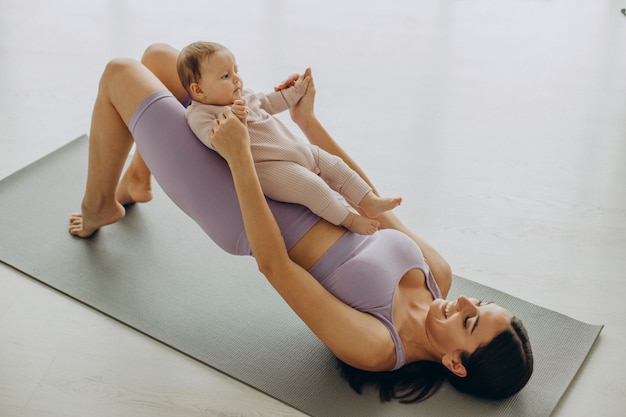
Wellness

Wellness
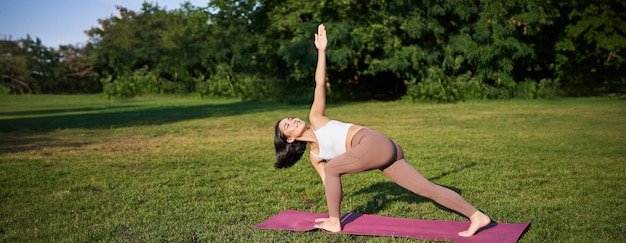
Wellness
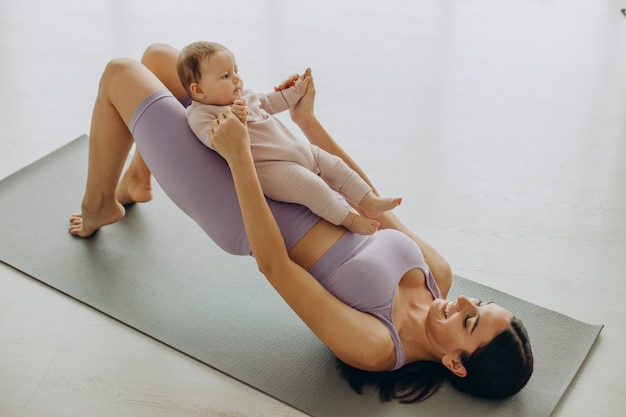
Wellness
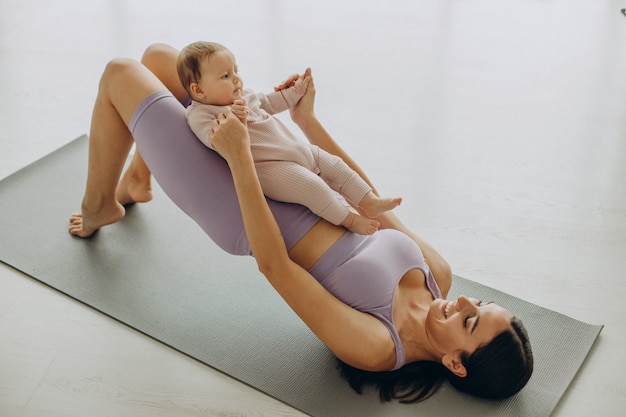
Wellness
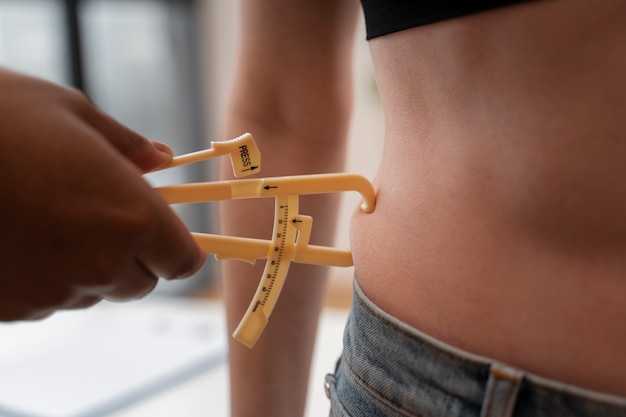
Fitness
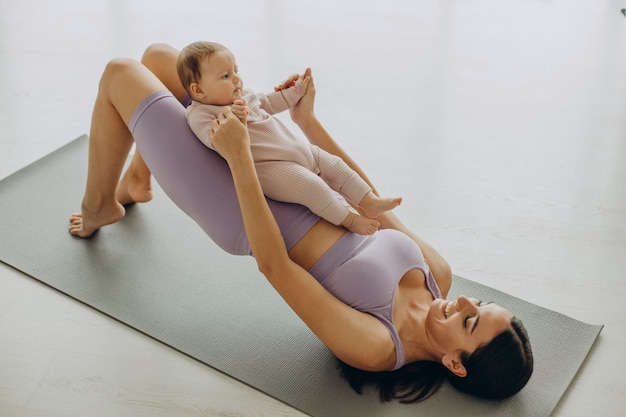
Wellness

Health

Fitness

Health

Health